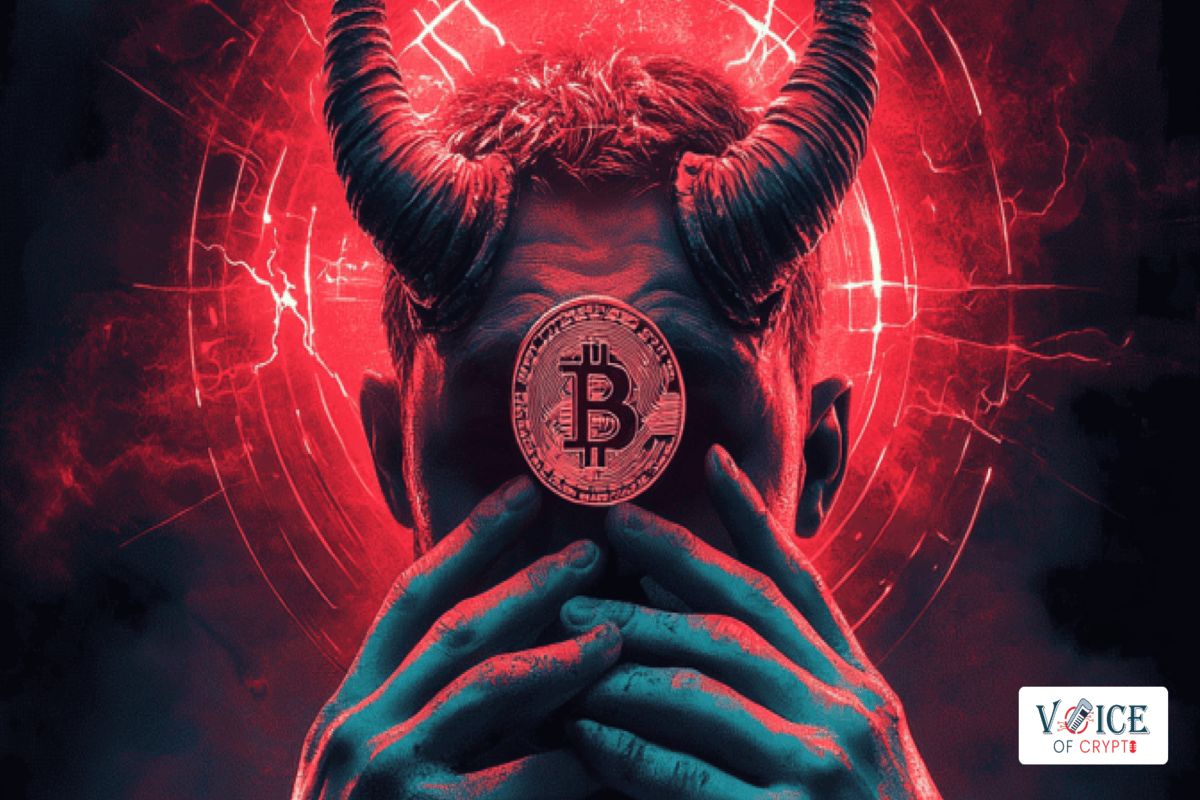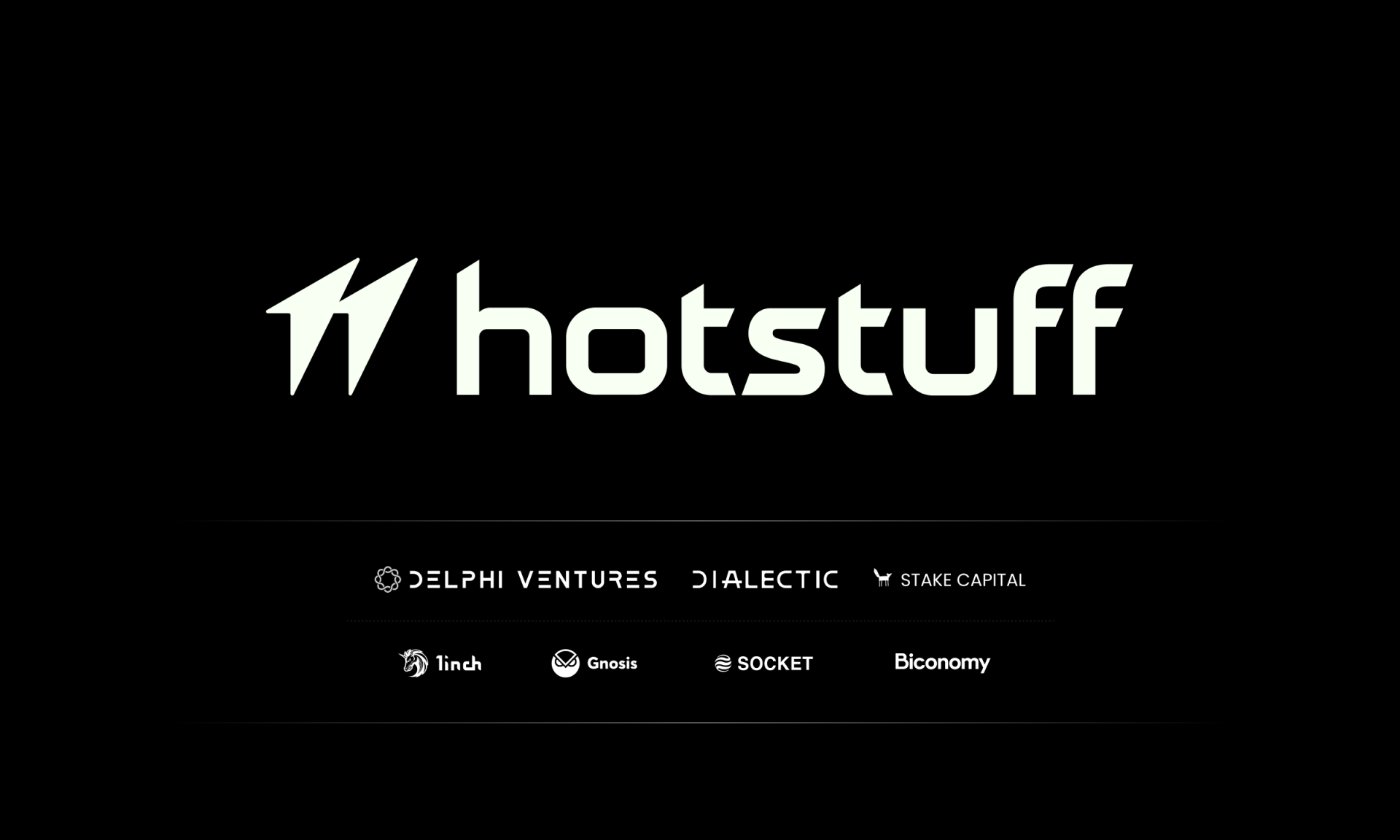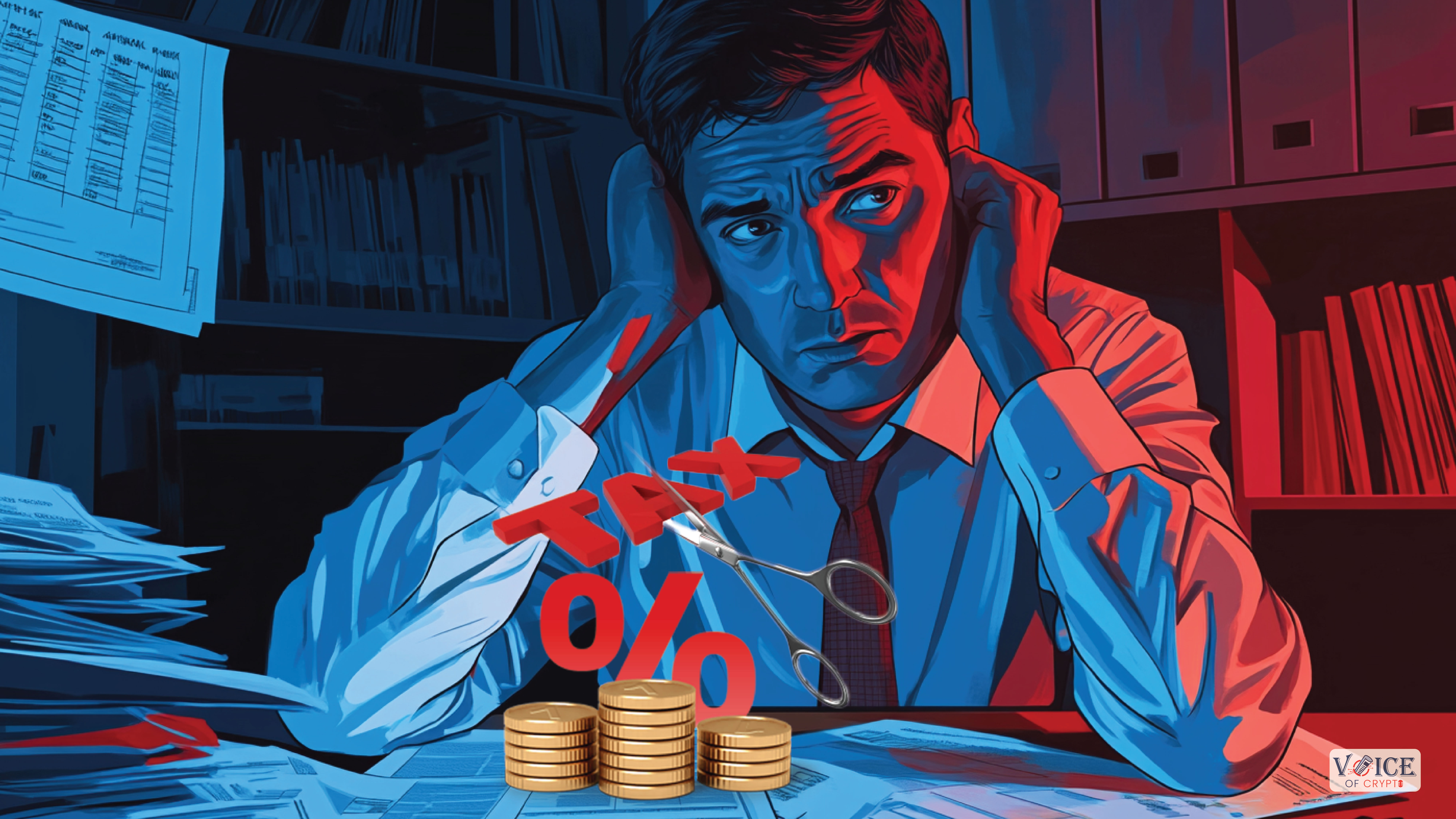The Bitcoin S2F model, which forecasts a cycle peak of $222,000 based on halving-driven scarcity, is criticized by Bitwise analyst André Dragosch for ignoring surging institutional demand from ETFs and treasuries that outweighs supply reductions by over 7x.
Key Insights
- Bitwise’s André Dragosch says the Bitcoin Stock-to-Flow model ignores growing demand and could be wrong.
- Institutional investors now hold far more Bitcoin than the halving reduced in supply.
- Analysts argue the model may no longer predict prices in today’s market.
The Bitcoin S2F model has long been one of the most popular tools for predicting Bitcoin prices. Many traders once relied on it to estimate how high Bitcoin could go after each halving. However, a new analysis indicates it might not work as well anymore.
André Dragosch, the Head of Research for Europe at Bitwise, believes that investors should be careful when using this model. He said it focuses too much on Bitcoin’s limited supply and completely ignores demand.
The model expects Bitcoin to peak at around $222,000 during this market cycle. Could this be wrong?
Understanding the Bitcoin S2F Model
The Bitcoin S2F model measures scarcity. It compares the total amount of Bitcoin already mined (stock) with how much new Bitcoin enters circulation each year (flow).
Every four years, the Bitcoin network halves the reward given to miners. That slows the creation of new coins and makes Bitcoin scarcer.
The idea is simple. If supply drops while demand stays the same or rises, prices should climb. Historically, Bitcoin prices have moved higher after each halving which helped make the model famous.
However, Dragosch says this view is now too narrow. It assumes that scarcity alone drives prices (which may have been true in the past).
Today, the story is not so straightforward.
Institutional Demand Is Changing the Game
Dragosch explained that institutional investors are now a major force in the market. Products like the ETFs and other ETPs have brought billions of dollars into Bitcoin.
He said the scale of this demand is interesting.
Institutional holdings through ETFs and company treasuries have about seven times the annual supply reduction from the most recent halving. That means that demand is now far stronger than the cut in new Bitcoin supply.
This kind of buying pressure can hold prices at higher levels, even when the S2F model predicts otherwise. Dragosch noted that these products have already supported Bitcoin’s price above $100,000.
This creates a floor that didn’t exist in earlier cycles.
Why Investors Should Be Careful?
Bitwise’s research isn’t saying that this model is useless. Instead, it warns investors not to rely on it alone. The model doesn’t consider the many factors that now affect Bitcoin’s price, like ETF inflows, regulation or global liquidity.
Dragosch said that today’s Bitcoin market looks nothing like it did when the model first became popular. Back then, trading was dominated by retail investors and small exchanges. Now, large institutions and hedge funds drive much of the volume.
Relying on a model that only looks at supply makes it easy to miss important changes in demand.
Different Analysts, Different Predictions
Not everyone agrees on where Bitcoin will go next. Some analysts still think prices could climb toward the model’s target. Others see a ceiling forming much lower.
Geoff Kendrick from Standard Chartered said Bitcoin could reach $200,000 by the end of the year if strong demand continues. Others are more optimistic and are predicting as high as $500,000 by next year if global money supply growth accelerates.
However, sceptics like Mike Novogratz from Galaxy Digital doubt that such extreme highs are realistic. He said a move to $250,000 would require “crazy” market conditions. Tom Lee from FundStrat also asked investors to move with caution.
How to Approach Bitcoin Forecasting?
Analysts like Dragosch believe investors should combine different models and data points instead of relying on one formula.
He also noted that while Bitcoin’s supply mechanics are predictable, human behaviour and global economics are not. These forces often determine price swings especially over the short term.
Bitcoin continues to be scarce. However, scarcity alone no longer sets its value. The asset now trades in a world where large institutions, governments and funds hold major influence.
Disclaimer: Voice of Crypto aims to deliver accurate and up-to-date information, but it will not be responsible for any missing facts or inaccurate information. Cryptocurrencies are highly volatile financial assets, so research and make your own financial decisions.









